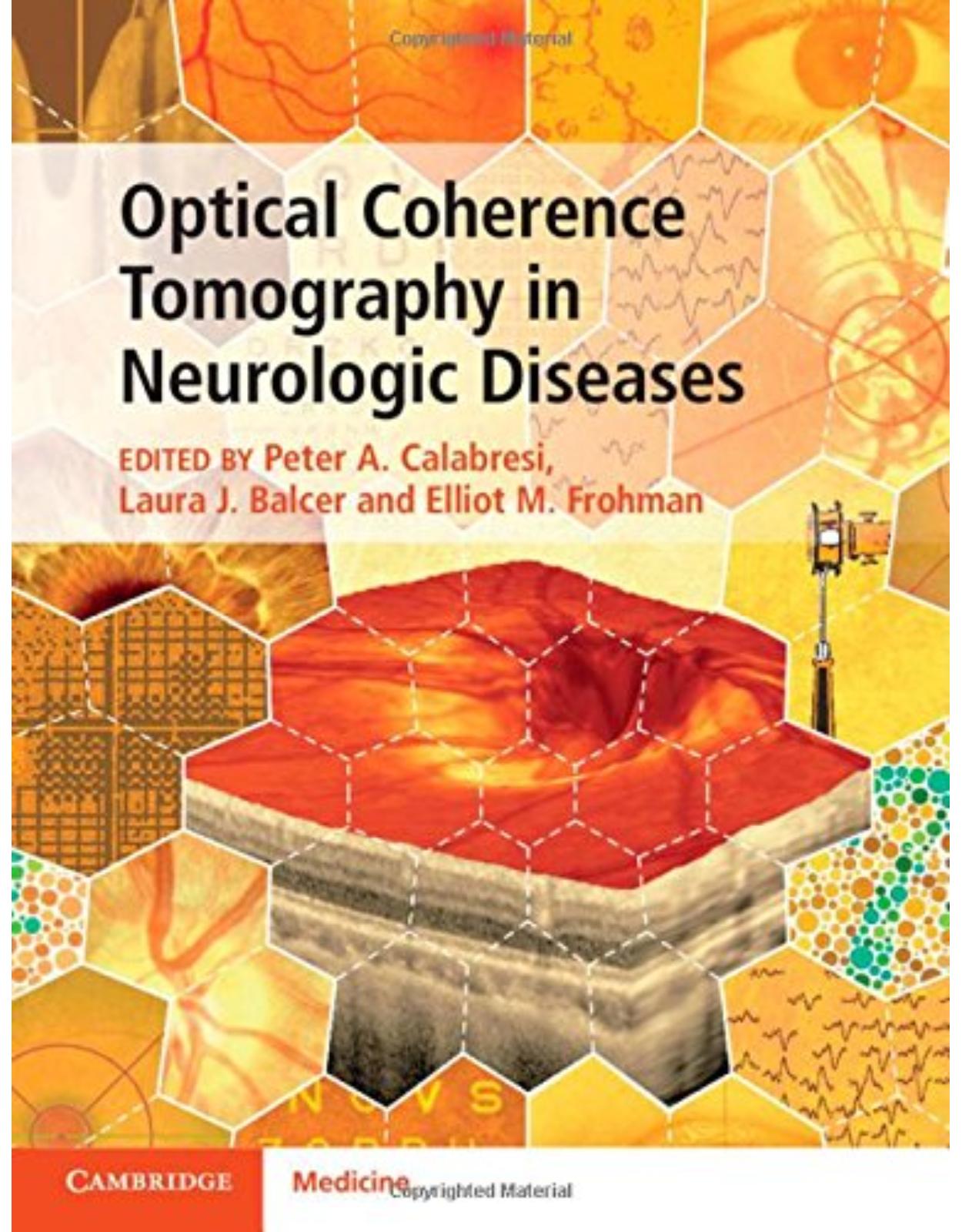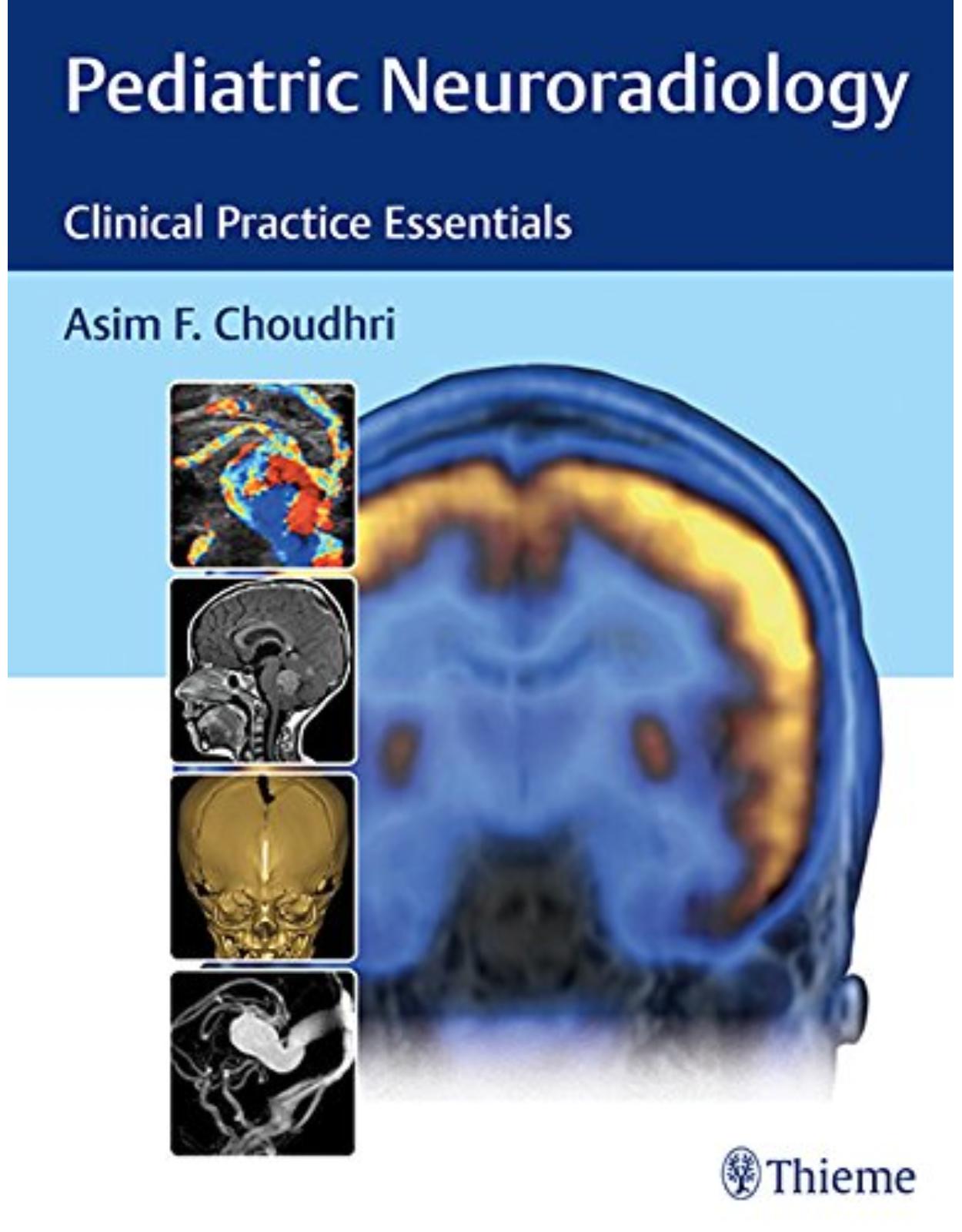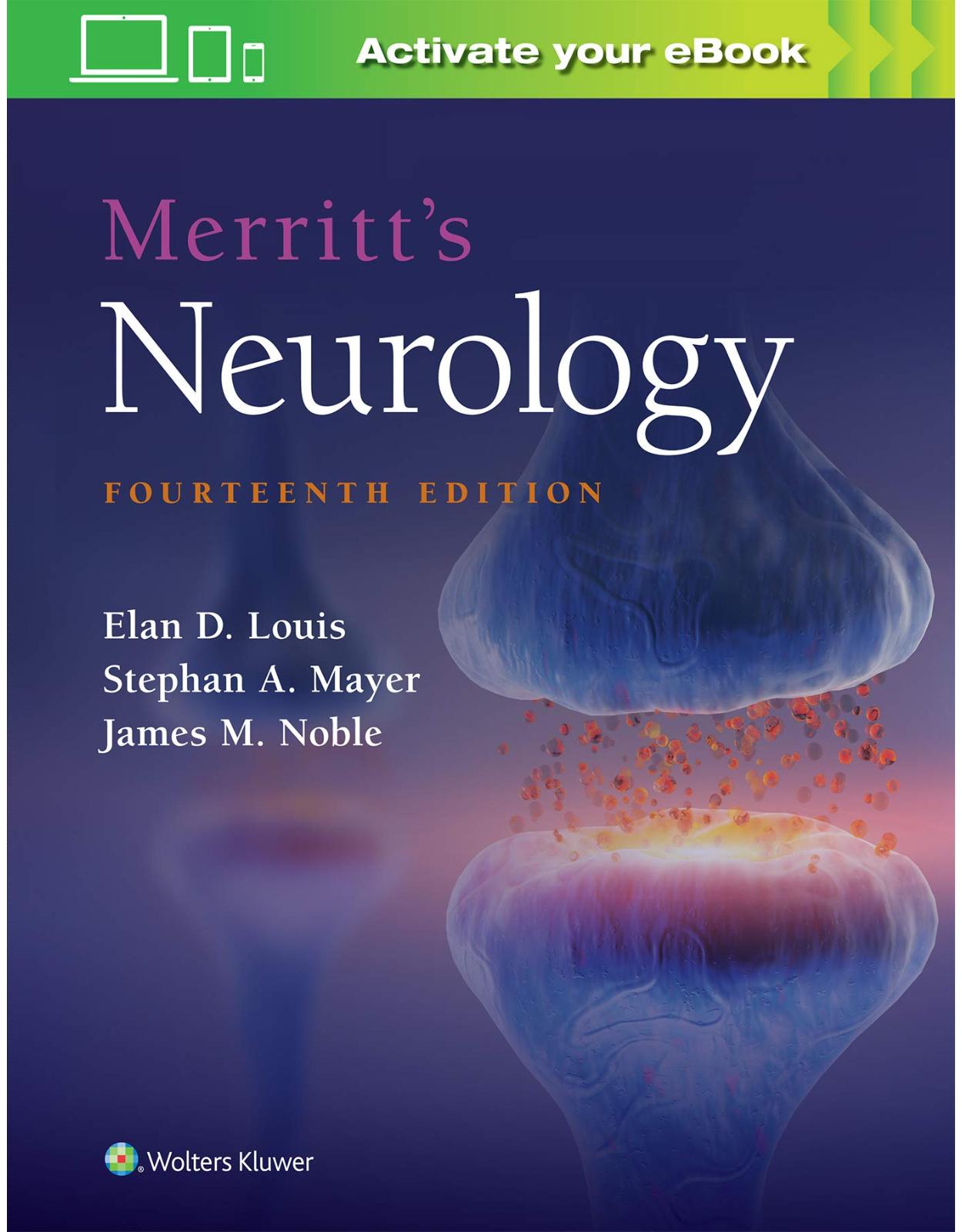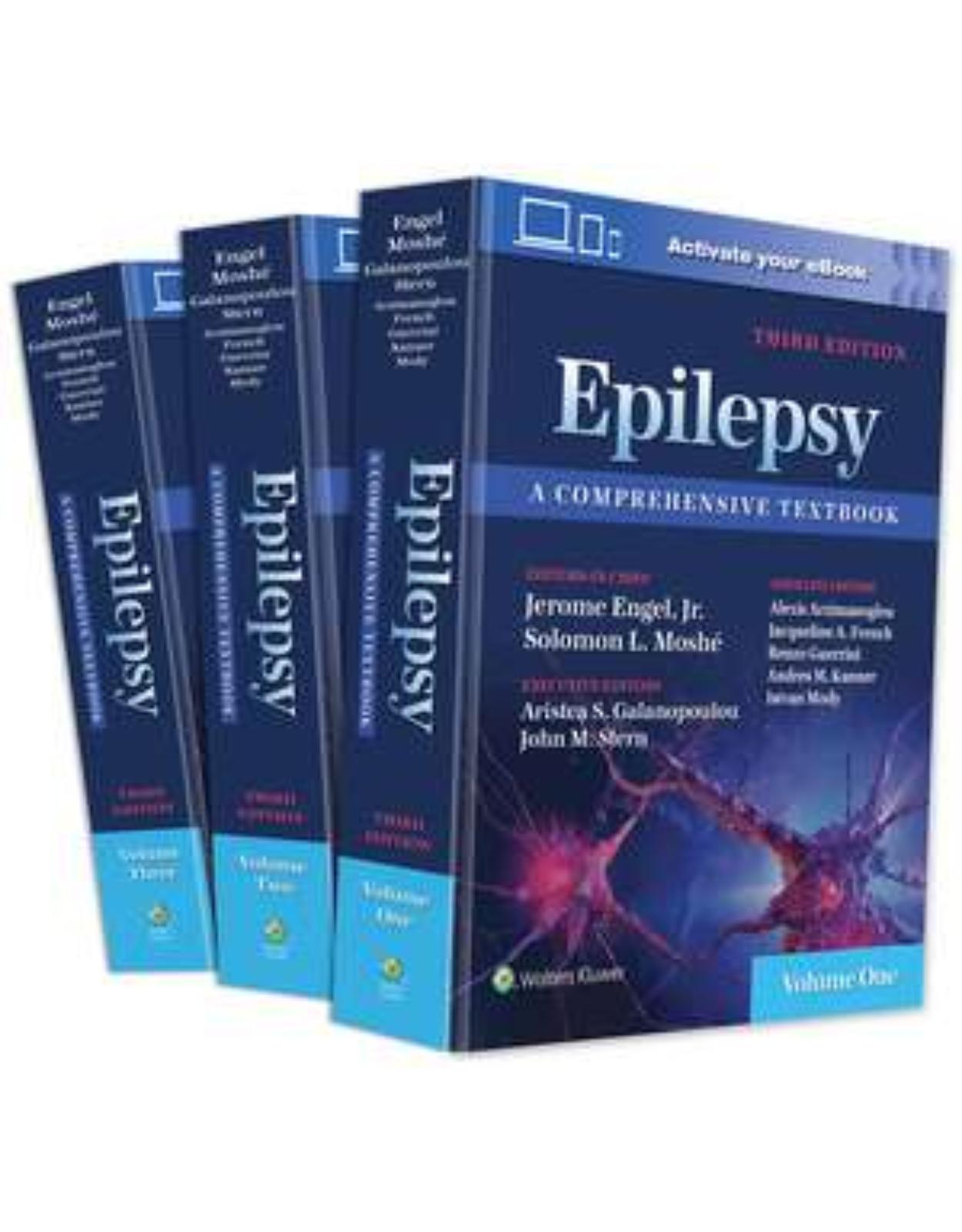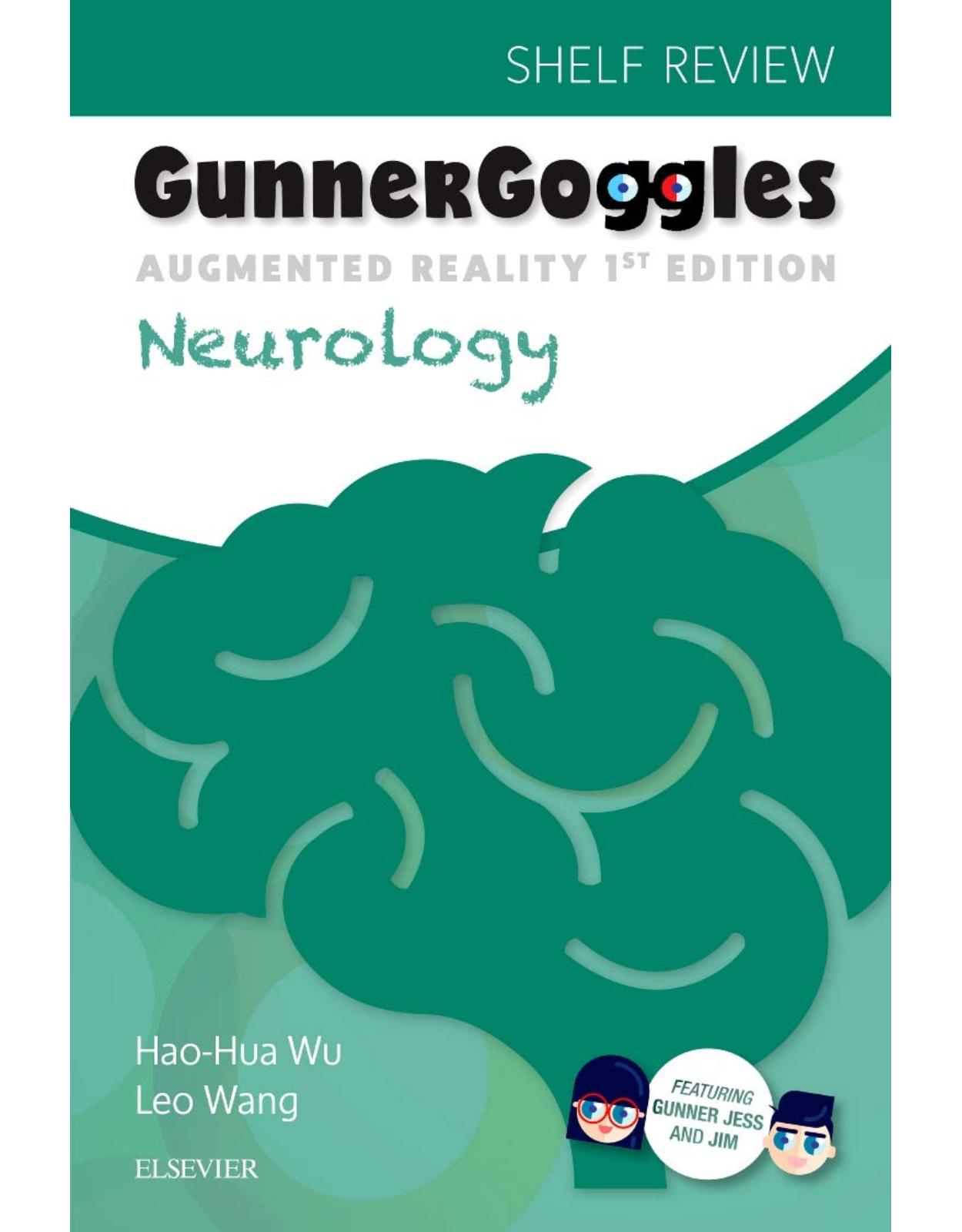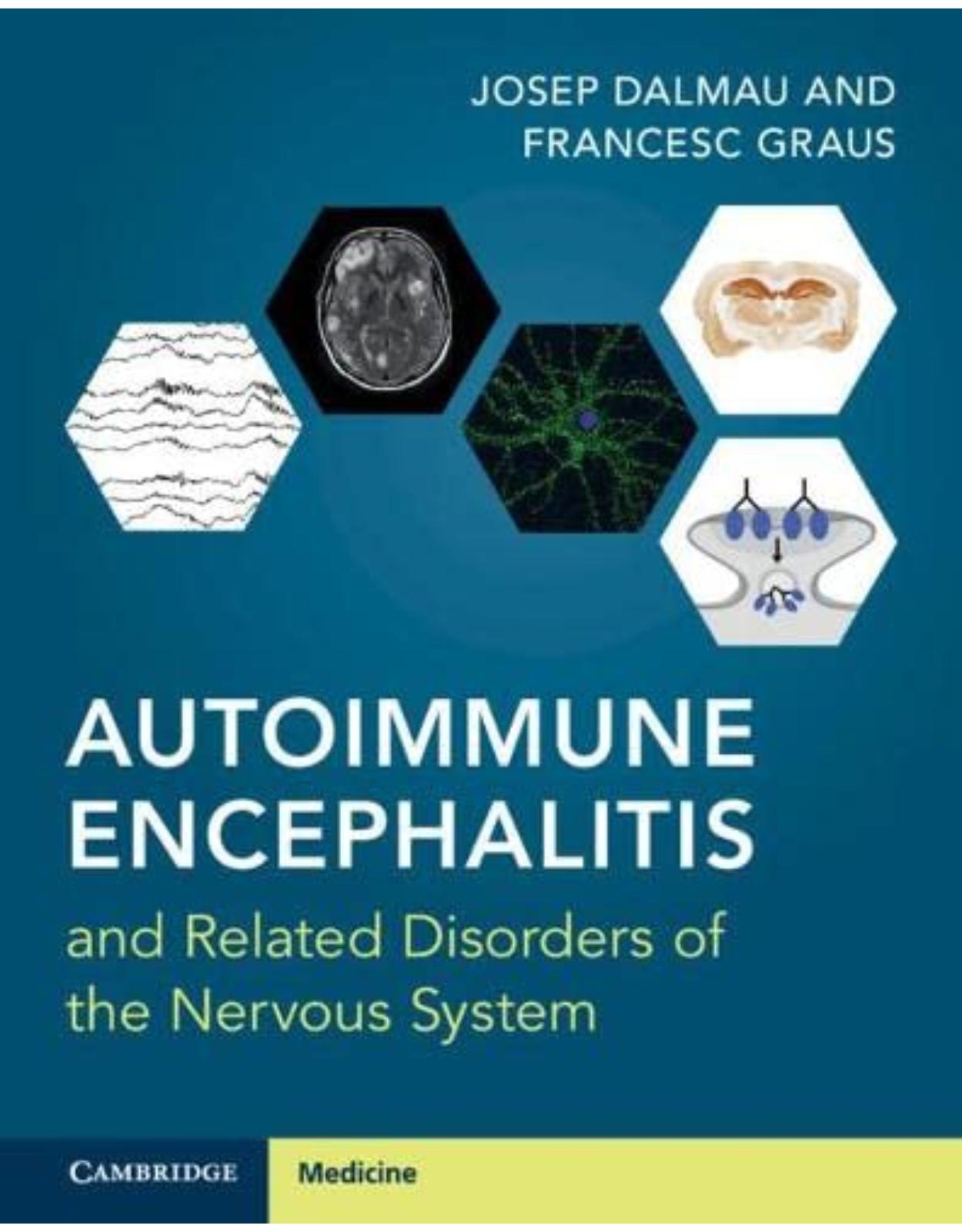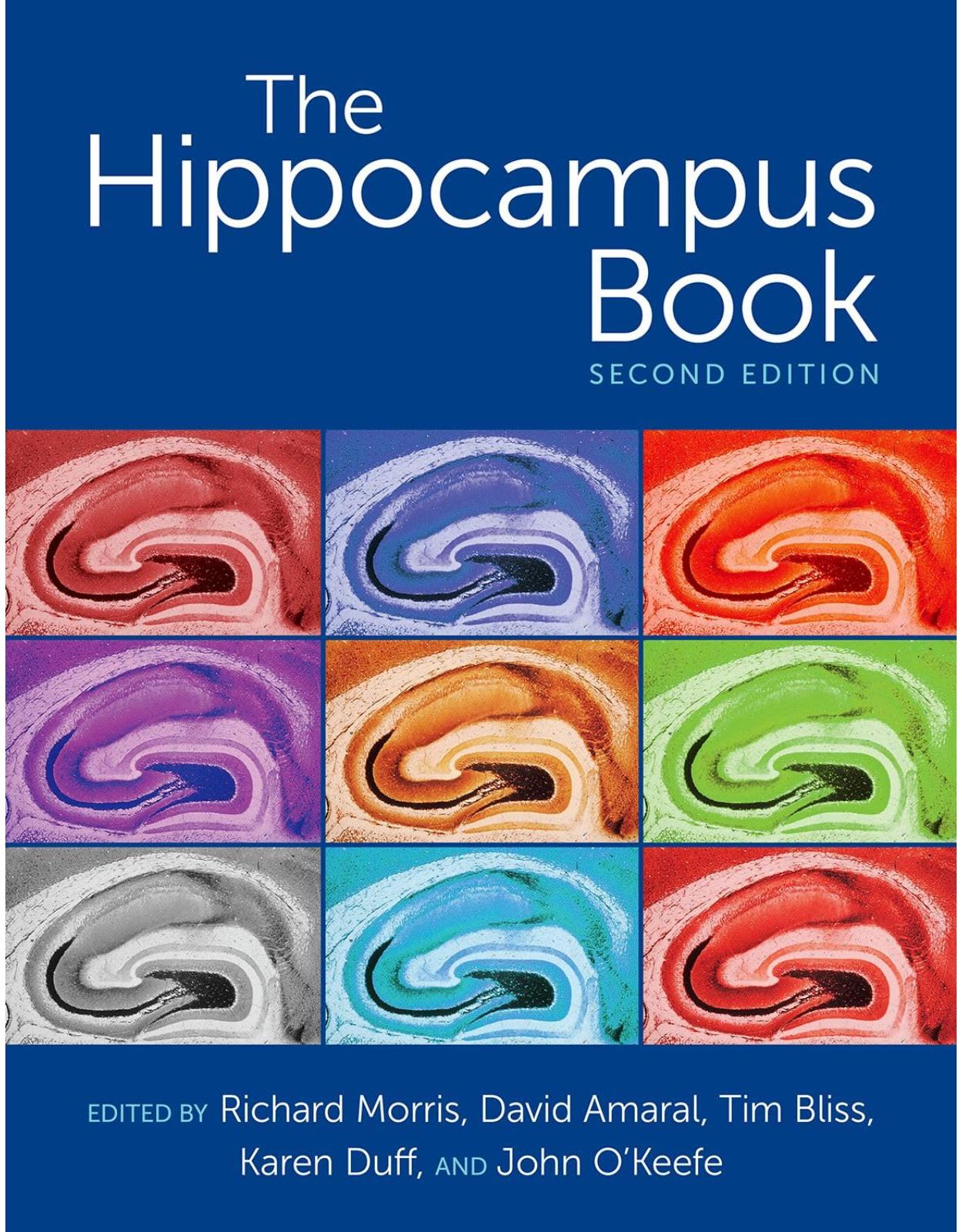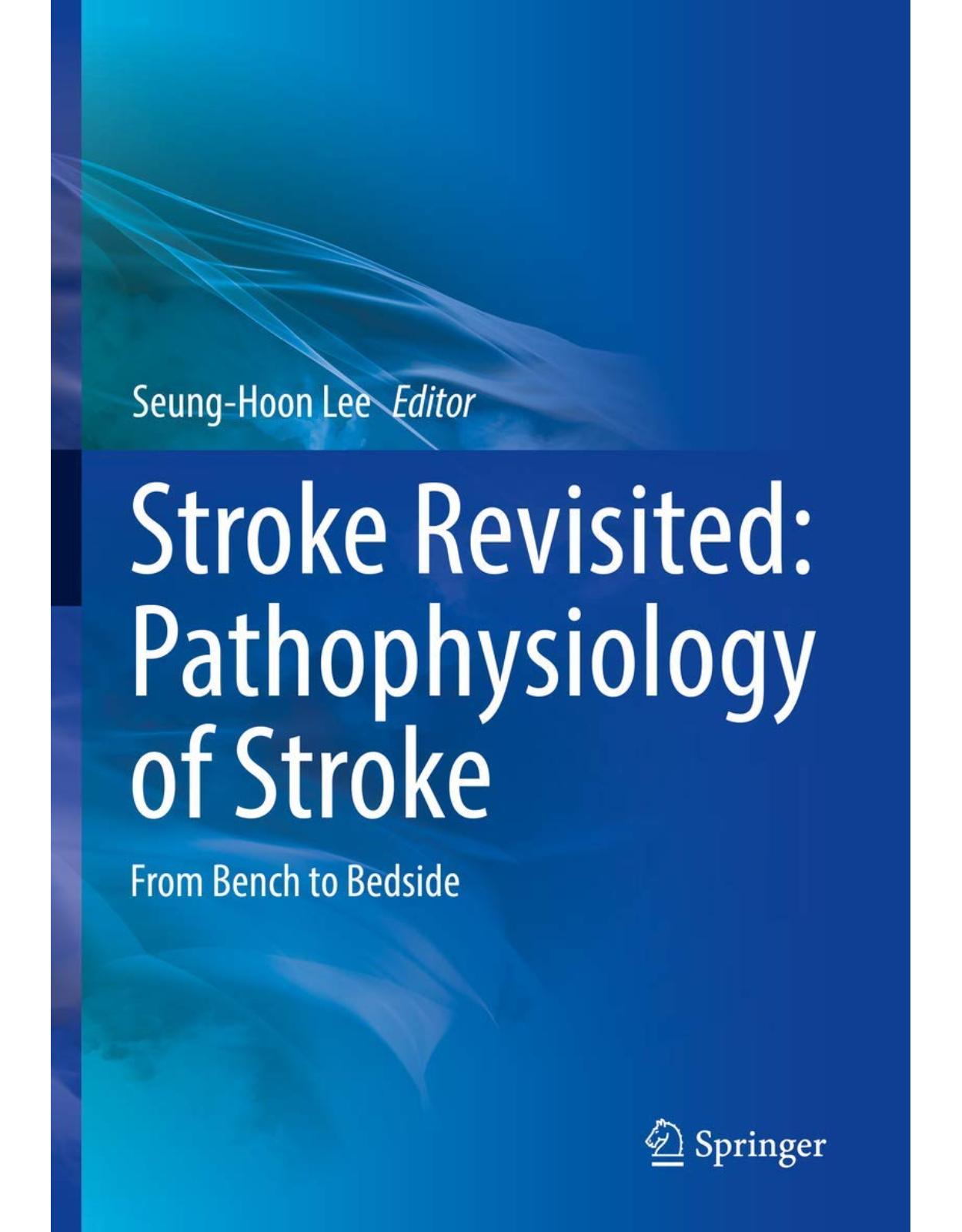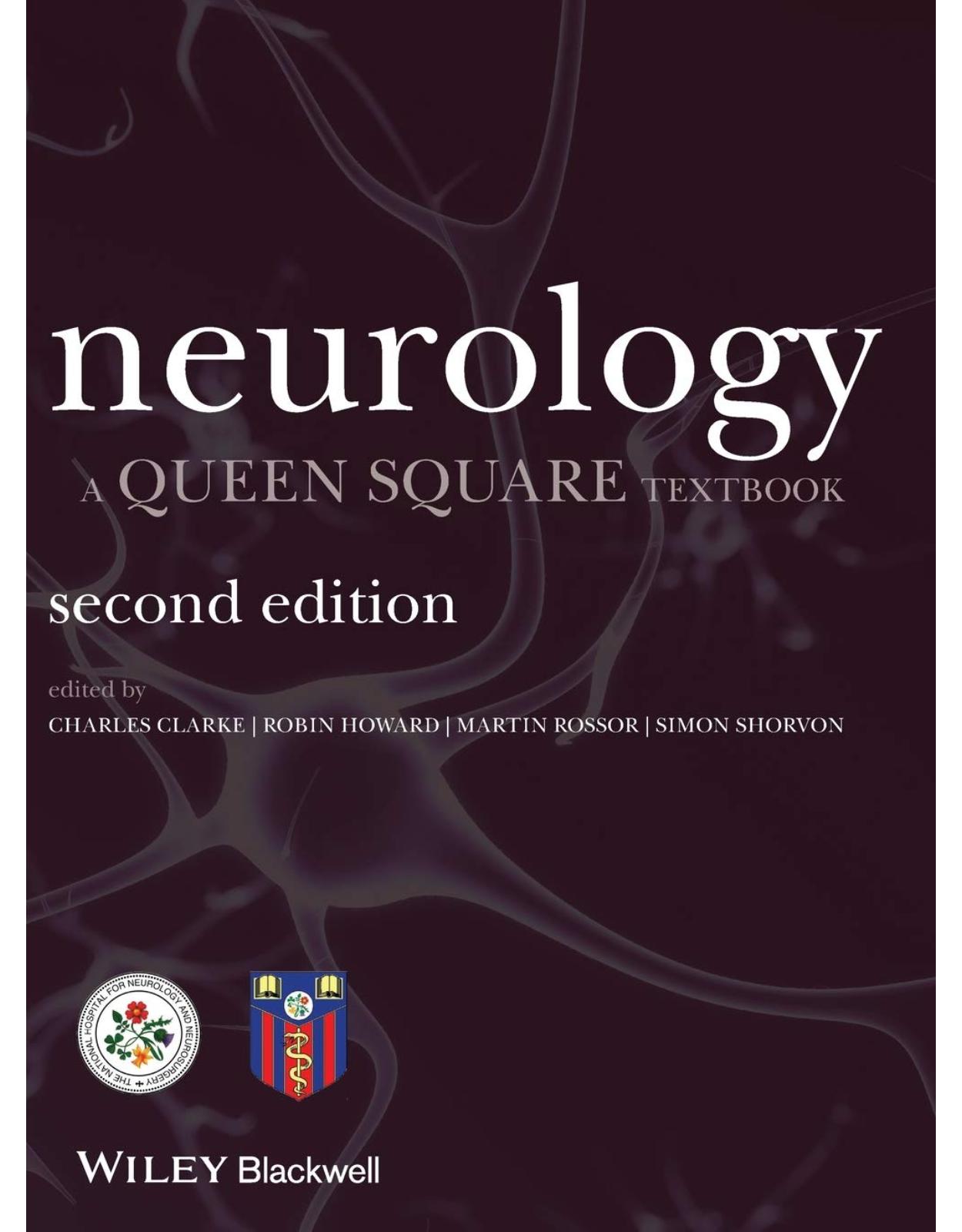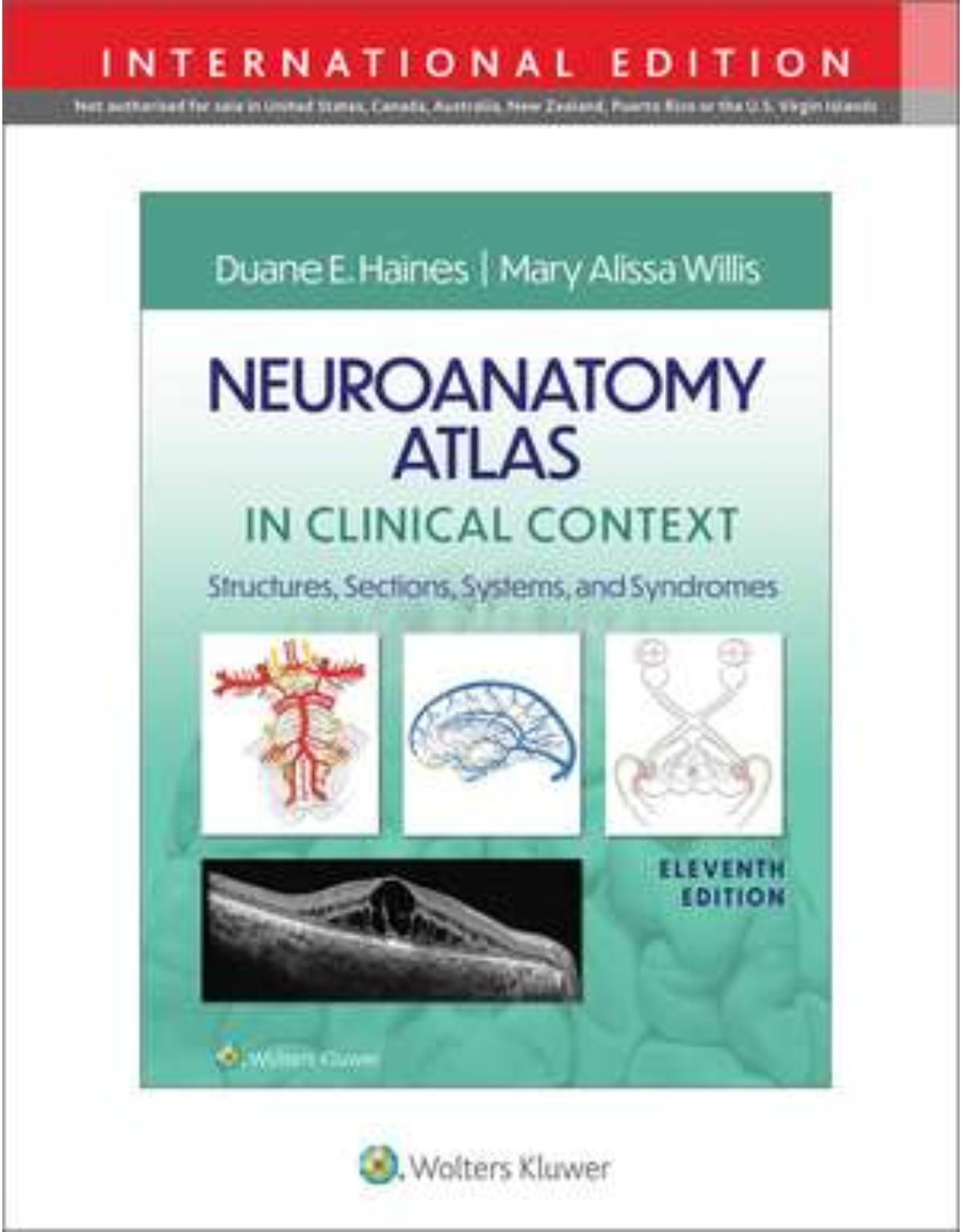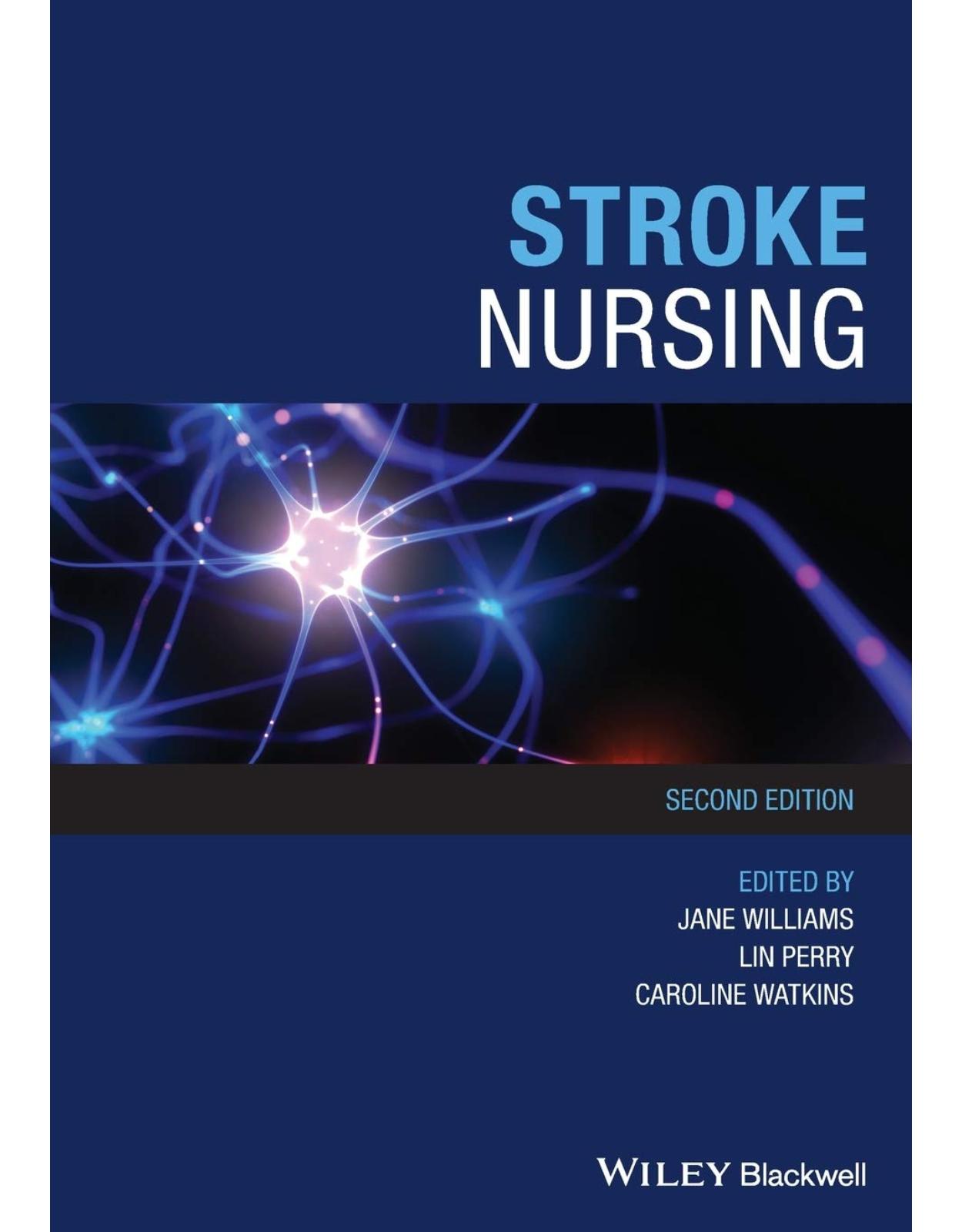
Stroke Nursing, 2nd Edition
Livrare gratis la comenzi peste 500 RON. Pentru celelalte comenzi livrarea este 20 RON.
Disponibilitate: La comanda in aproximativ 4 saptamani
Editura: Wiley
Limba: Engleza
Nr. pagini: 392
Coperta: Paperback
Dimensiuni: 17.78 x 1.78 x 25.4 cm
An aparitie: 26 April 2019
DESCRIPTION:
Stroke Nursing is the leading guide for optimal stroke care, facilitating the provision of evidence-based practice across the stroke journey, and covering the sixteen elements of care outlined in the UK's Stroke-Specific Education Framework (SSEF).
Drawing from years of clinical and research experience, the authors provide practical guidance on the essential areas of stroke nursing, including stroke classification, stabilisation, thrombolysis and thrombectomy, rehabilitation and recovery, nutrition and oral care, palliative and long-term care, physical impairment management, and more.
Now in its second edition, this indispensable guide helps practitioners expand their knowledge, skills and competence in all areas of stroke nursing services.
· Adopts a practical and evidence-based approach to stroke management, exploring UK and international perspectives
· Authored by expert clinicians and leaders in the field of nursing pr...
TABLE OF CONTENTS:
Editors and Contributors ix
Foreword: Stroke Nursing xiii
Foreword: Stroke Services In Australia xv
Foreword: Stroke Care In Hong Kong xix
Acknowledgements xxiii
1 Setting the Scene 1
Caroline Watkins and Dominique Cadilhac
1.1 Introduction 1
1.2 Stroke Epidemiology 2
1.3 Cost Burden 3
1.4 Stroke Policy 4
1.5 Stroke Management Strategies 8
1.6 Research and Education 11
1.7 Conclusion 13
References 13
2 What Is a Stroke? 19
Anne W. Alexandrov
2.1 Introduction 19
2.2 Stroke Classification 20
2.3 Risk Factors for Stroke 22
2.4 Anatomy, Physiology, and Related Stroke Clinical Findings 23
2.5 Standardised Instruments for Acute Neurological Assessment 41
2.6 Conclusion 44
References 50
3 Reducing the Risk of Stroke 53
Josephine Gibson and Stephanie Jones
3.1 Introduction 54
3.2 Primary Prevention 55
3.3 Primary Prevention – Medical Considerations 56
3.4 Secondary Medical Prevention After TIA or Stroke 59
3.5 Interventions for Secondary Prevention After TIA or Recovered Stroke 63
3.6 Conclusion 68
References 68
4 Acute Stroke Nursing Management 75
Anne W. Alexandrov
4.1 Introduction 76
4.2 Priorities in Acute Stroke Management 76
4.3 Hyper-acute Stroke Management 77
4.4 Hyper-acute Treatment of Haemorrhagic Stroke 90
4.5 Acute Stroke Management 93
4.6 Conclusion 96
References 96
5 Nutritional Aspects of Stroke Care 103
Lin Perry and Elizabeth Boaden
5.1 Introduction 104
5.2 Do Stroke Patients Experience Nutritional Problems Pre-Stroke? 106
5.3 How Does Stroke Affect Dietary Intake? 107
5.4 How Can Stroke Patients Be Helped to Maintain Adequate Dietary Intake? 119
5.5 Conclusion 132
References 133
6 Oral Care After Stroke 143
Mary Lyons
6.1 Introduction 144
6.2 Oral Assessment 145
6.3 Management and Care 146
6.4 Patient and Carer Perspective 147
6.5 Conclusion 148
References 148
7 Communication 153
Jane Marshall, Katerina Hilari, Madeline Cruice, and Kirsty Harrison
7.1 Introduction 154
7.2 Aphasia 155
7.3 Dysarthria and Apraxia of Speech 160
7.4 Right-Hemisphere Damage (RHD) Communication Deficit 163
7.5 Language Minorities 165
7.6 What Can SLTs Contribute in Acute Stroke Care? 166
7.7 Psychological Issues and Quality of Life 169
7.8 Conclusion 171
References 171
8 Management of Physical Impairments Post-Stroke 177
Cherry Kilbride, Rosie Kneafsey, and Vicky Kean
8.1 Introduction 178
8.2 Movement 179
8.3 Promoting Physical Activity and Movement After Stroke 180
8.4 Promoting Early Rehabilitation 184
8.5 Re-education of Movement 188
8.6 Management of the Upper Limb 192
8.7 Patients’ Perspectives on Early Physical Rehabilitation 195
8.8 Conclusion 195
References 196
9 Rehabilitation and Recovery Processes 203
Jane Williams and Julie Pryor
9.1 Introduction 204
9.2 Understanding Rehabilitation 204
9.3 Initiation of Rehabilitation 207
9.4 Nursing’s Rehabilitation Role 208
9.5 Outcomes of Rehabilitation 210
9.6 Goal–Directed Rehabilitation 210
9.7 Recovery Processes 212
9.8 Transfer to Rehabilitation 214
9.9 Rehabilitation Provision 216
9.10 Length of Rehabilitation 219
9.11 Adjustment to Life After Stroke 220
9.12 Conclusion 221
References 222
10 Promoting Continence 229
Kathryn Getliffe and Lois Thomas
10.1 Introduction 230
10.2 Prevalence and Causes of Continence Problems Post-Stroke 230
10.3 Importance of Continence Care 231
10.4 Bladder Function and Dysfunction 233
10.5 Main Types of UI 234
10.6 Transient Causes of UI 236
10.7 Assessment of UI and Bladder Dysfunction 236
10.8 Treatment Strategies and Care Planning for UI 242
10.9 Management and Containment of Incontinence 247
10.10 Bowel Problems and Care 249
10.11 Conclusion 254
References 255
11 Emotional and Cognitive Changes Following a Stroke 259
Peter Knapp and Elizabeth Lightbody
11.1 Introduction 260
11.2 Psychological Reactions to the Onset of Stroke 260
11.3 Coping with Stroke 261
11.4 Depression 261
11.5 Conclusion 274
References 274
12 Stroke and Palliative Care 281
Clare Thetford, Munirah Bangee, Elizabeth Lightbody, and Caroline Watkins
12.1 Introduction 282
12.2 Specific Challenges in Stroke 283
12.3 Tools to Support Palliative Care 286
12.4 Case Studies 291
12.5 Discussion 294
12.6 Conclusion 296
References 296
13 Minimally Responsive Stroke Patients 301
Elaine Pierce
13.1 Introduction 302
13.2 Definitions 302
13.3 Assessment and Diagnosis 303
13.4 Management and Care 308
13.5 Locked-In Syndrome 314
13.6 Conclusion 318
References 319
14 Longer-Term Support for Survivors of Stroke and Their Carers 323
Judith Redfern, Clare Gordon, and Dominique Cadilhac
14.1 Introduction 324
14.2 Longer-Term Consequences of Stroke, Informal Care and Costs 325
14.3 The Need for Support 325
14.4 Responsibilities of Health and Social Care Professionals 330
14.5 Identifying Those at Risk 331
14.6 Interventions to Support Stroke Survivors and Carers 334
14.7 Supporting Working-Age Survivors of Stroke 338
14.8 Conclusion 339
References 340
Appendix A: The stroke-specific education framework (ssef) 347
Index 349
| An aparitie | 26 April 2019 |
| Autor | Jane Williams, Lin Perry, Caroline Watkins |
| Dimensiuni | 17.78 x 1.78 x 25.4 cm |
| Editura | Wiley |
| Format | Paperback |
| ISBN | 9781119111450 |
| Limba | Engleza |
| Nr pag | 392 |
-
88800 lei 84600 lei

